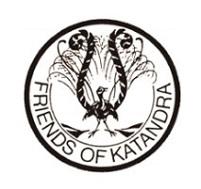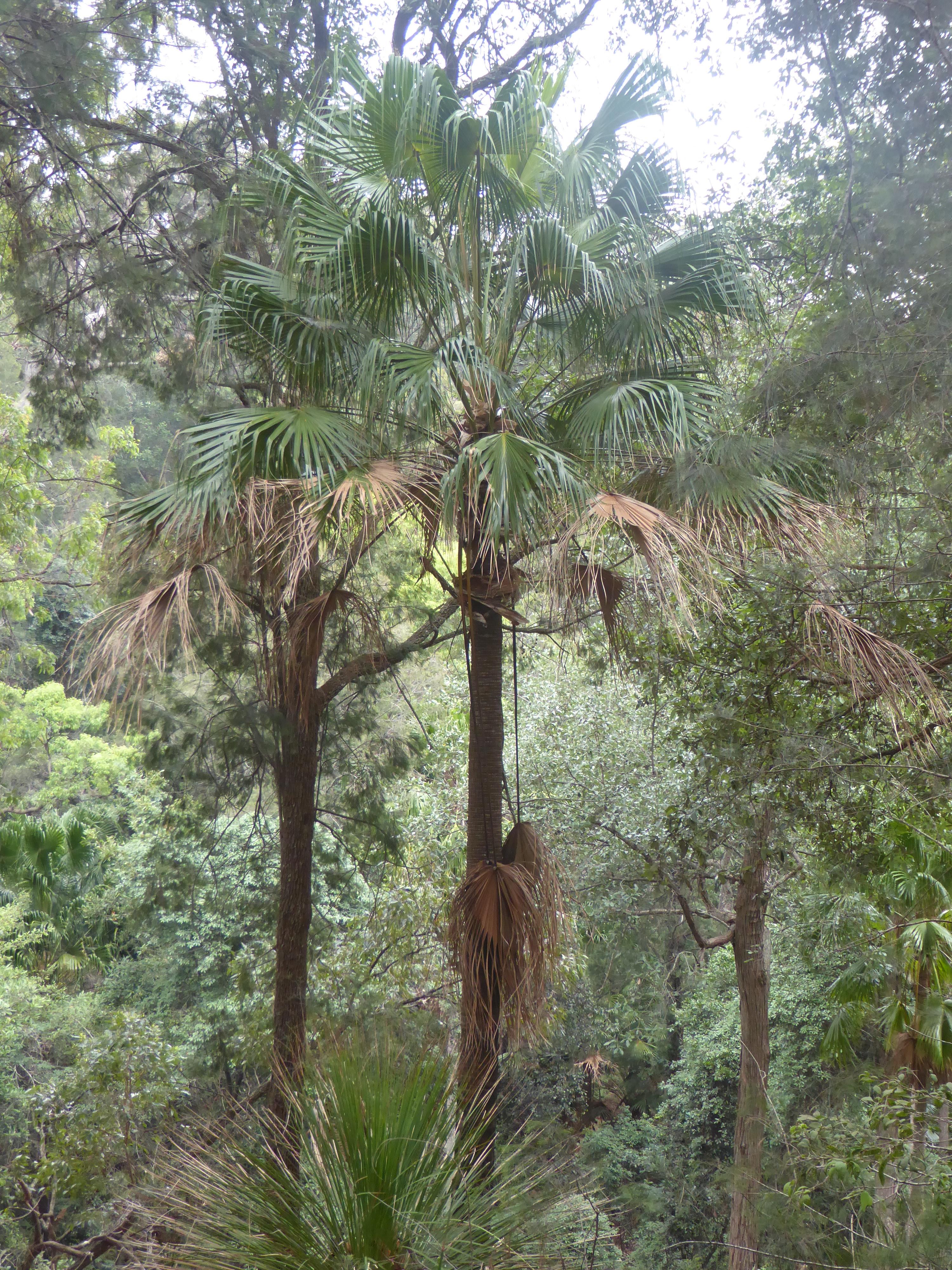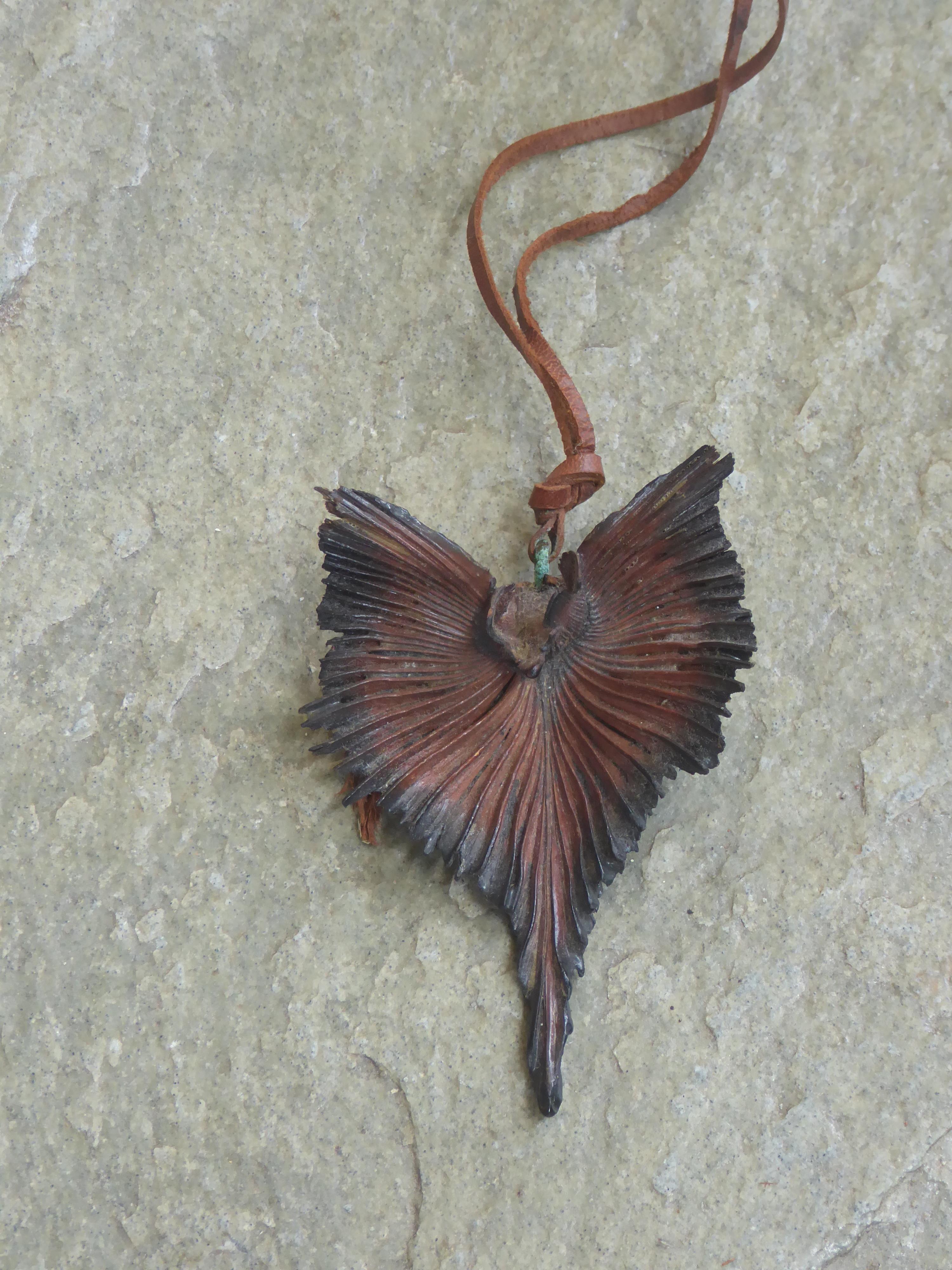
0431 857 407
Livistona australis
(Cabbage Tree palm)

Palm trees belong to the Arecaceae family of monocotyledons, with large evergreen leaves that are usually either palmately (fan-leaved) or pinnately (feather-leaved) compound. These leaves, known as fronds, grow in a spiral arrangement from the top of an unbranched stem. Like all monocotyledons, palm trees lack a lateral meristem (cambian) that allows for continual growth in diameter, hence the rather narrow, cylindrically shaped trunks.
The Livistona genus of palms are fan palms native to Asia, Australasia and the Horn of Africa. Species endemic to Australia include L. alfredii (Millstream Fan palm), L. australis (Cabbage Tree palm), L. nitida (Carnarvon Fan palm) and L. Humilis (Sand palm).
Livistona australis or Cabbage Tree palm, grows along the east coast of Australia from southern Queensland through New South Wales to northern Victoria. It thrives in moist sclerophyll forests and rainforest margins and is one of Australia’s tallest native plants, growing to a height of up to 30 metres. The Cabbage Tree Palm is the only Livistona species growing in Katandra. The fronds are up to 4 metres in length with short black curved spines towards the proximal end. The leaf blade is costapalmate with the frond stem extending to form a midrib (costa) into the leaf blade.
Many palms are said to be “self-cleaning” as the dead spent fronds drop from the trunk to the ground. One of the characteristic features of

Cabbage Tree palm is that the dead, brown fronds tend to be retained for some time, almost forming a skirt hanging down from the crown of thetrunk. Below this the trunk is naked and relatively narrow, bearing leaf scars along its 30 to 40 cm diameter length. Cabbage Tree palms are dioecious meaning that individual plants are either male or female. Clusters of creamy yellow flowers form on branching inflorescences in summer. Only female Cabbage Tree Palms bear fruit, round and red, turning black when ripe.
New growth at the top of the tree, known as the cabbage, is sweet and edible, able to be cooked or eaten raw. The heart of the trunk has been cooked as a medicine to ease a sore throat. The fronds have been used for weaving, thatched roofing and making hats. The fibrous bark used to be made into fishing line by native peoples.
When fire swept through Katandra in 1979, Nan and Norman Townsend used the burned remnants of Cabbage Tree fronds to make numerous attractive pendants (see picture left) which were given to fellow supporters of Katandra.